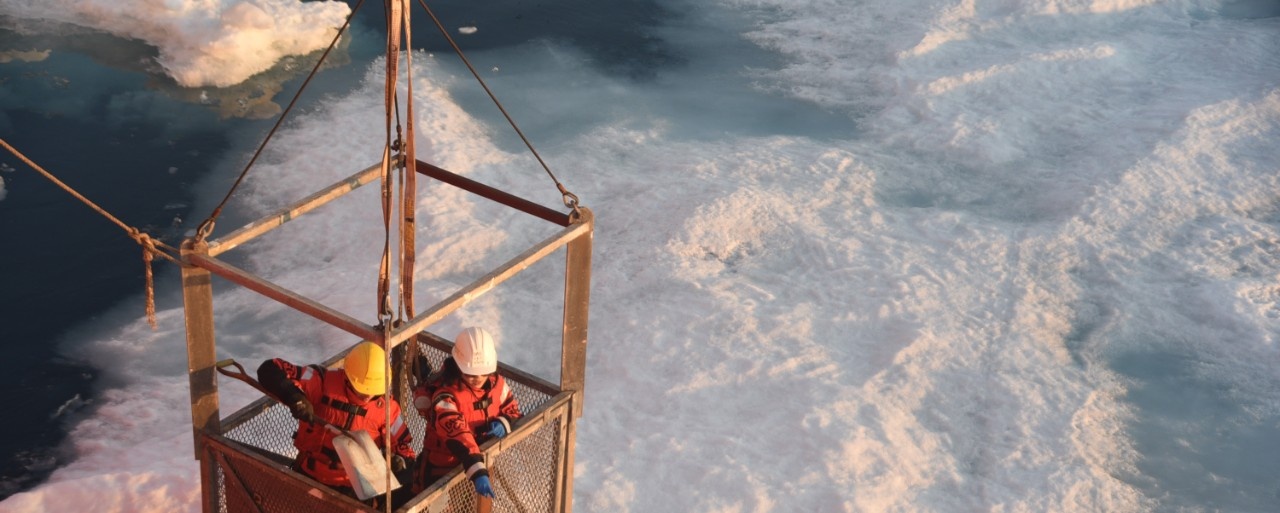Jennifer L. Waringer

B. Sc. Honours Thesis
Cretaceous marginal marine and freshwater rhizopods from central Nova Scotia, Canada
(PDF - 5.8 Mb)
This study of rhizopod assemblages, from two cores drilled near Shubenacadie, provides evidence for a marine connection to central Nova Scotia during the early Cretaceous. Five different rhizopod assemblages have been documented. They include; Assemblage A, Ammotium sp., Trochammina sp., and Difflugia sp.; Assemblage B, Ammotium sp., Centropyxis aculeata, and Difflugia sp; Assemblage C, Ammotium sp., and Trochammina sp; Assemblage D, Ammotium sp., Trochammina sp., Miliammina sp., and Difflugia sp.; and Assemblage E which contains onlyTrochammina sp. Fossil fish vertebrae and pyritised foraminifera were also found.
The paleodepositional environment of Cretaceous sedimentary rocks in the Hants-Colchester lowlands of central N.S. was thought to have been freshwater. However, it appears that the basal section below 140 m for the SHUB94-5 core and below 80 m of the SHUB95-3 core, may actually have been deposited during a marine transgression producing marginal marine strata, which was followed by a fluvial progradation. The barren nature of the upper units of the cores does not allow further interpretation. The poor preservation of the assemblages in the upper units of the core could be attibuted to either the initial lack of rhizopods during deposition of the sediments in a fluvial setting, or may indicate alteration by post-depositional chemical weathering. The marginal marine environment refers to most coastal regions including beaches, marshes, and estuaries. Several lines of evidence that support a marginal marine setting include the discovery of marine foraminifera and thecamoebians, the relatively high abundance of the rhizopods, the presence of lignite, the pyritised pyrite, and the abundant sedimentary pyrite content.
Comparison of the central Nova Scotian rhizopods and early Cretaceous rhizopods from Alberta, Canada with modern marginal marine genera, reveal that these faunas are typical of salt marsh type environments. These assemblages also have Carboniferous counterparts identified in studies from the Sydney Coal fields, Nova Scotia.
Keywords: Shubenacadie, Nova Scotia, early Cretaceous, marginal marine, foraminifera, thecamoebian, rhizopod, sedimentary pyrite, post depositional chemical weathering.
Pages: 65
Supervisor: David Scott



